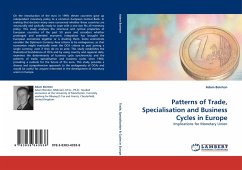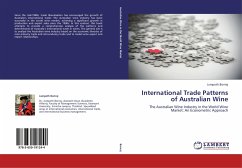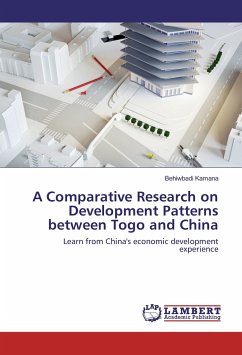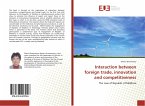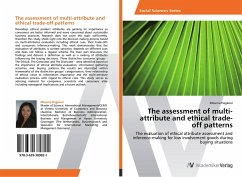On the introduction of the euro in 1999, eleven countries gave up independent monetary policy to a common European Central Bank. In making that decision many were concerned whether these countries are structurally and cyclically ready to cope with a one size fits all monetary policy. This study analyses the structural and cyclical properties of European countries of the past 50 years and considers whether prolonged and extended economic integration has brought the European economies together or is dividing them. Some economists consider the Optimum Currency Area criteria to be endogenous, so that economies might eventually meet the OCA criteria ex post joining a single currency, even if they do no ex ante. This study establishes the theoretical foundations of OCA and by using country and regional data, examines the determinants of business cycle synchronicity and the patterns of trade, specialisation and business cycles since 1960, providing a outlook for the future of the euro. This study provides a diverse and comprehensive approach to the endogeneity of OCAs and would be useful for anyone interested in the development of monetary union in Europe.
Hinweis: Dieser Artikel kann nur an eine deutsche Lieferadresse ausgeliefert werden.
Hinweis: Dieser Artikel kann nur an eine deutsche Lieferadresse ausgeliefert werden.

